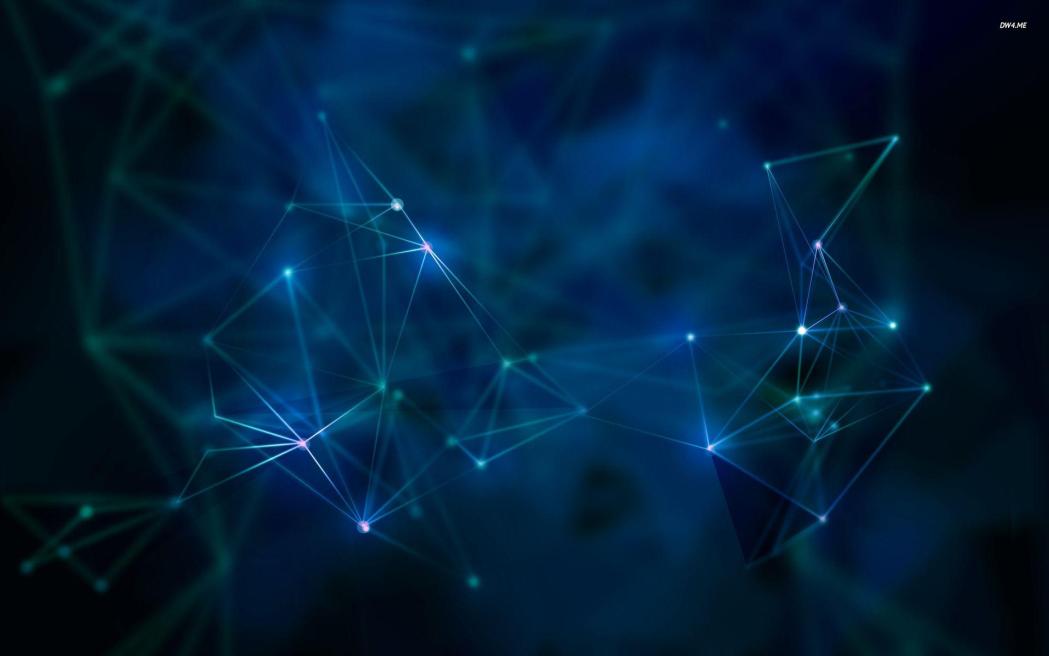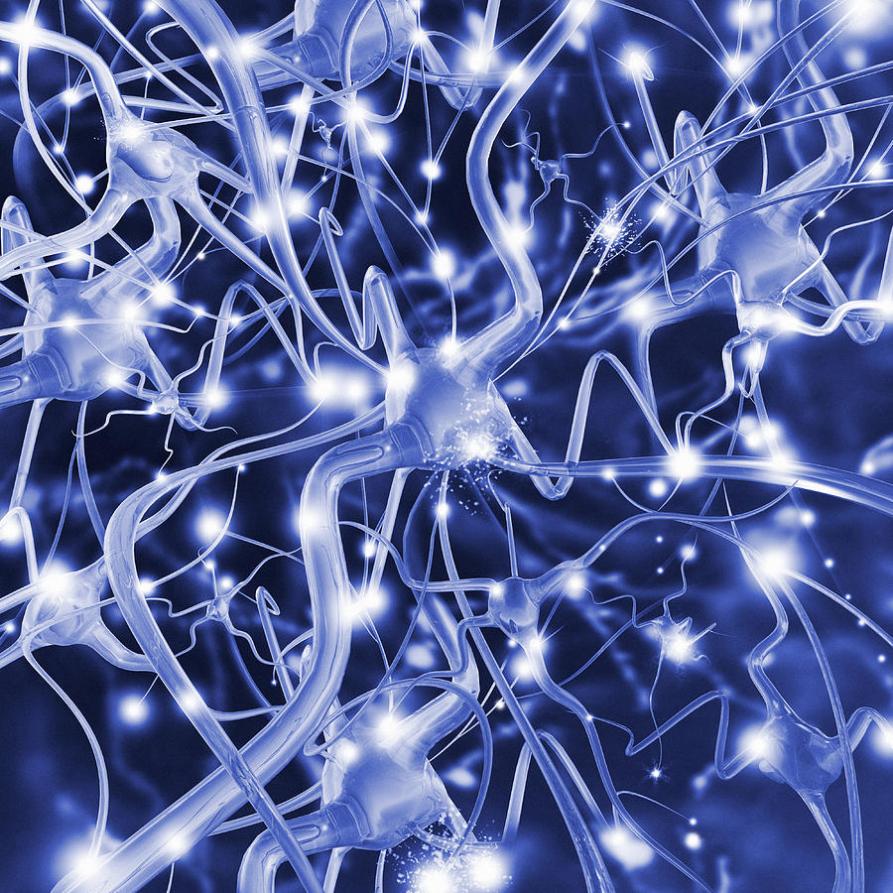How Can Computer Vision Neural Networks Be Used to Enhance Security?
In today's interconnected world, security has become paramount. From physical surveillance to cybersecurity, various measures are employed to safeguard individuals, assets, and information. Among these measures, computer vision neural networks (CVNNs) have emerged as a powerful tool for enhancing security in numerous ways.

Applications Of CVNNs In Security
CVNNs are deep learning models designed to process visual data and extract meaningful information. Their applications in security are diverse and include:
- Object Detection and Recognition: CVNNs can identify suspicious objects or individuals in surveillance footage, detect weapons, explosives, or other dangerous items, and recognize faces for access control or surveillance.
- Facial Recognition and Emotion Detection: CVNNs can identify individuals for security purposes, detect emotions for sentiment analysis and security threat assessment.
- Behavior Analysis and Anomaly Detection: CVNNs can identify abnormal behavior patterns for security monitoring and detect suspicious activities in real-time surveillance.
- Image and Video Analysis: CVNNs can analyze images and videos for security purposes, detect forgery or tampering in documents or images, and identify patterns and trends for security analysis.
Benefits Of Using CVNNs For Security
The use of CVNNs in security offers several benefits:
- Enhanced Accuracy and Efficiency: CVNNs can process large amounts of data quickly and accurately, reducing false positives and negatives compared to traditional methods.
- Real-Time Monitoring and Analysis: CVNNs can analyze data in real-time, enabling immediate response to security threats and continuous monitoring for improved security.
- Adaptability and Learning: CVNNs can adapt to changing environments and learn from new data, improving performance over time through continuous learning.
Challenges And Limitations Of CVNNs In Security
Despite their potential, CVNNs also face certain challenges and limitations:
- Data Privacy and Ethical Concerns: Balancing security needs with individual privacy rights and ensuring responsible and ethical use of CVNNs is crucial.
- Bias and Discrimination: CVNNs may exhibit bias and discrimination due to training data, necessitating fairness and inclusivity in CVNN-based security systems.
- Adversarial Attacks and Security Vulnerabilities: Exploiting vulnerabilities in CVNNs to bypass security measures is a concern, requiring robust and secure CVNNs to mitigate adversarial attacks.
Future Of CVNNs In Security

The future of CVNNs in security holds immense promise:
- Integration with Other Technologies: Combining CVNNs with other technologies like IoT and AI can create comprehensive and interconnected security systems.
- Continuous Research and Development: Ongoing research aims to improve the accuracy, efficiency, and robustness of CVNNs, leading to new applications and use cases in security.
Computer vision neural networks (CVNNs) offer a powerful means to enhance security in various domains. Their ability to process visual data accurately and efficiently, coupled with real-time monitoring and adaptability, makes them valuable tools for object detection, facial recognition, behavior analysis, and image analysis in security applications. However, responsible and ethical use of CVNNs, addressing data privacy concerns, bias, and security vulnerabilities, is essential for their successful implementation in security systems.

YesNo

Leave a Reply